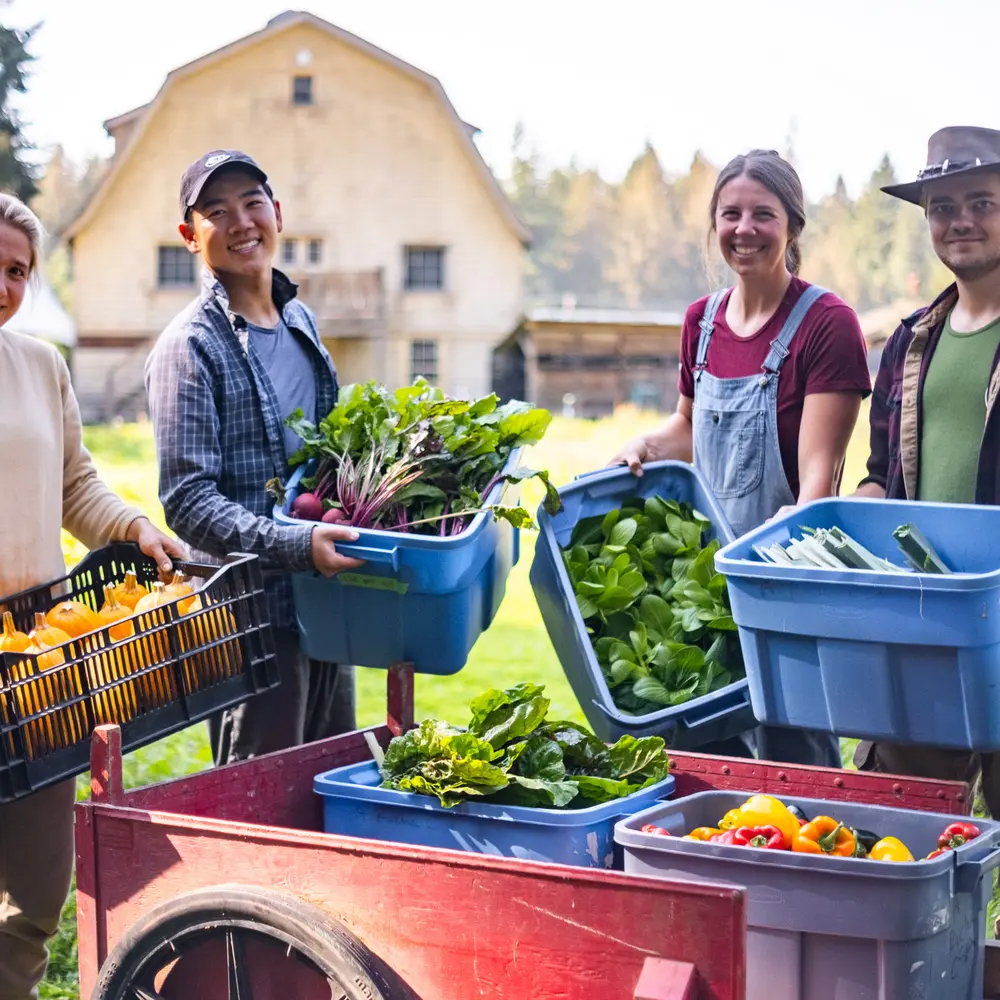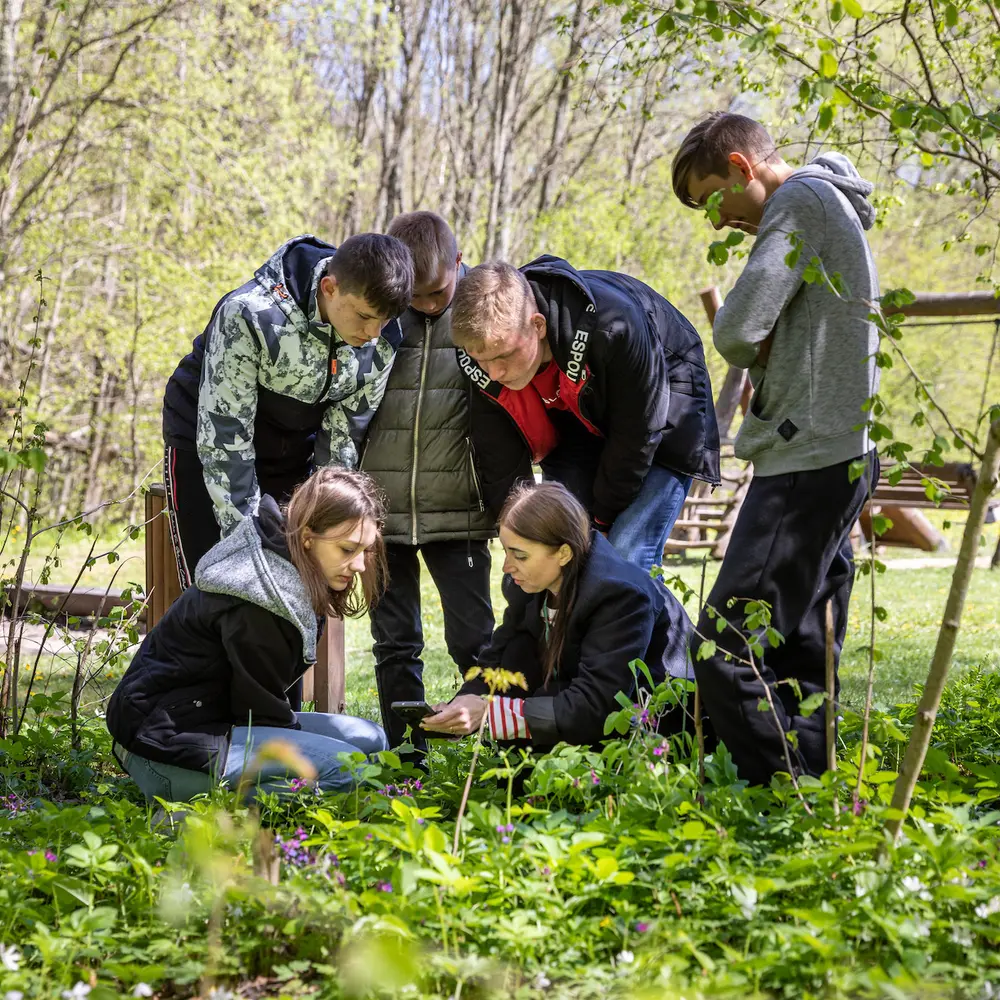by Romanita Hairston-Overstreet • October 2017
We know more than ever about how to help children who have suffered abuse and trauma. #
The headline stuck in my head. “Malnourished 5-year old girl found locked in closet under stairs.” It was like a second round of mortar piercing my heart following a news story I happened to read a few weeks earlier: “Thousands of child sex abuse photos found on Wilsonville man’s phone.”
These are not stories I seek out. Honestly, I’d prefer to not know of such horrors. But for the past 25 years my career and calling have brought me face to face with the harsh realities many children face. I’ve seen the impact of abuse and neglect firsthand in countless children served through a variety of programs. I’ve stood beside a loved one coming to grips with years of hidden abuse. I’ve seen the crippling effects of trauma on children’s self-esteem, motivation to live, and ability to thrive.
Along the way we’ve learned a lot about the way abuse and neglect affect children. One significant finding came from the Centers for Disease Control (CDC)-Kaiser Adverse Childhood Experiences Study. This groundbreaking public health study showed that childhood trauma, or Adverse Childhood Experiences (ACES), leads to the adult onset of chronic diseases, depression and other mental illness. It also predisposes victims to perpetrating violence and increases the likelihood they will become victims of violence themselves. The study also included the experience of household dysfunction such as witnessing domestic violence or growing up with family members who have substance use disorders. These experiences harm children’s developing brains so profoundly that the effects show up decades later. The child psychologist Dr. Haim Ginnott once said, “Children are like wet cement. Whatever falls on them makes an impression.”
Many years ago I read a report titled, “Hardwired to Connect.” The research was conducted by a commission of 33 distinguished children’s doctors, research scientists, youth workers and mental health professionals. The project was undertaken in response to concern over the rising rates of mental illness, behavioral problems and emotional distress among U.S. children and teens. The report represented the first time that neuroscientists and children’s doctors collaborated with social scientists that focus on civil issues in society to improve child outcomes.
The study produced two key outcomes. The first was the development of a model of attachment connected to how civil society shapes child outcomes; the health of a child’s community plays an important role in his or her development and ability to deal with trauma. The second was that leading scientists advocated for and offered evidence for paying much more attention to young people’s spiritual growth and development. It points to some practical learning for those working with children in a variety of ways. The study put forth evidence that we are hardwired to form relationships and made the following points:
- The presence or absence of a nurturing environment during childhood not only shapes a child’s psychological and emotional development but also alters brain development in ways that profoundly affect long-term health.
- Nurture may neutralize genetic vulnerabilities to depression and similar problems and perhaps even transform what would otherwise be genetic vulnerabilities into strengths.
- The nature of brain development during adolescence creates a continuing need for a nurturing environment.
- Human beings are biologically primed to seek moral and spiritual meaning, and nurturing relationships are a central foundation for positive moral and spiritual development.
- Nurturing relationships and a spiritual connection to the transcendent significantly improve physical and emotional health.
The landmark study, along with the work of countless others, has led to the rise of trauma-informed care. Trauma-informed care has become a public health social movement in the United States and other countries around the world. This shift in mental and behavioral health has also made it a workforce development and access issue, given the shortages of care in many states and the ongoing shifts in healthcare coverage. I have been amazed and delighted, in my first year at the M.J. Murdock Charitable Trust, as I’ve met with organizations working diligently to provide support and build capacity in this area. This includes organizations such as Alaska Children’s Trust, a statewide organization that convenes, raises awareness and provides grants to prevent abuse and neglect. There’s also the Vanessa Behan Crisis Nursery, which provides immediate care and safe shelter for children whose families are in need of temporary assistance. They, along with countless other organizations, stand up for vulnerable children by doing one or more of the following:
- Working countless hours to provide safe, loving and nurturing alternatives for children.
- Supplementing the funding gap, which is the difference between state fees for services to children in need and the actual cost of service through private donations from generous donors. It is typically more than $30 per child per day for instance in Washington State.
- Advocating and raising awareness for innovative approaches to challenging and difficult issues.
- Delivering effective programs that result in best practices in the field and develop centers of excellence for other providers.
- And finally, standing in the gap for society and remaining helpful, constructive and hopeful in the face of soul-sucking realities.
I am filled with hope when I meet with these leaders. They are achieving remarkable results with children who have unbelievably high levels of trauma in their lives. You can find more information on trauma-informed care on SAMHSA’s website or The National Council for Behavioral Health’s website. I am grateful for the excellent prevention, intervention and treatment work being done across our region and country. I also became convinced early in my career that the answer to ending abuse and neglect involves all of us. It is connected to the communities we create and the ways we nurture children collectively.
We can’t account for all the traumas children face. Publications housed on the National Centers for Biotechnical Information (NCBI) taken from The National Libraries of Medicine and The Institutes of Health provide insight into the reasons why. We must also take into account the existence of other less sensational traumas that affect children’s well-being. The research points to the fact that caring (nurturing) adult relationships can change children’s lives. Ultimately, we want all children to move from trauma to resilience, maximizing their well-being.
The British sculptor Herbert Ward said, “Child abuse casts a shadow the length of a lifetime.” Fortunately, we have new learnings and practices that can diminish that shadow, allowing the light of a fruitful and productive life to shine. The “Hardwired to Connect” report offered ten main characteristics of communities that allow children to thrive:
- They are social institutions that include children and youth.
- They treat children as ends in themselves.
- They are warm and nurturing.
- They establish clear boundaries and limits.
- They are defined and guided at least partly by non-specialists
- They are multi-generational.
- They have a long-term focus.
- They encourage spiritual and religious development.
- They reflect and transmit a shared understanding of what it means to be a good person
- They are oriented to the equal dignity of all persons and to the principle of love of neighbor.
These “authoritarian communities” can be families with children, and all civic, educational, recreational, community service, business, culture and religious groups that serve or include persons under the age of 18 that exhibit these characteristics. In a world where our headlines tell us that nearly eight children die every day from abuse and neglect, many of them under four years of age, we too can stand in the gap! When we do, we become the bridge that children walk across to health and healing.
How might you contribute to the health of your community? How can you support an organization serving vulnerable children in need?
Romanita Hairston-Overstreet is a program director at the M.J. Murdock Charitable Trust.








